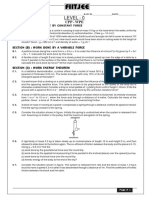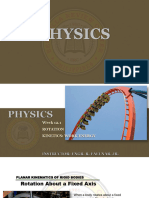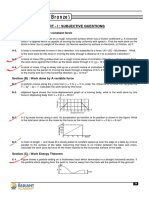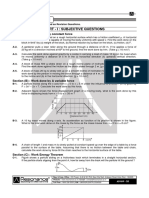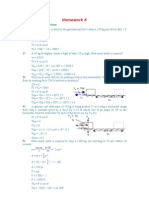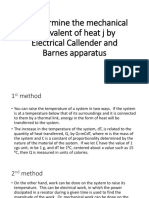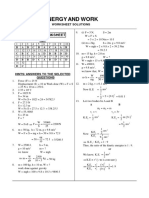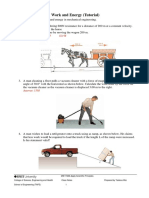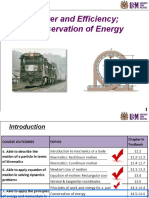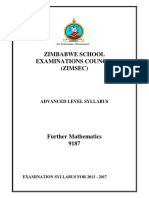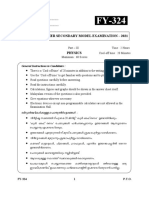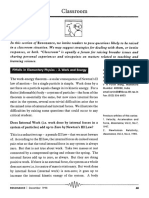0% found this document useful (0 votes)
261 views5 pagesPhysics Work Problems
1. The student is asked to solve the first 6 problems of homework #1, which involve calculating work done in various scenarios involving forces and constant motion.
2. The problems calculate work done by lifting weights, lifting a bucket of water from a well, a tugboat pulling a ship, and other examples involving forces, displacements, and kinetic friction.
3. The document also provides solutions to the first 6 problems showing calculations and applying the physics equation for work (W=Fs cos θ) to find work values.
Uploaded by
M NabilCopyright
© © All Rights Reserved
We take content rights seriously. If you suspect this is your content, claim it here.
Available Formats
Download as DOC, PDF, TXT or read online on Scribd
0% found this document useful (0 votes)
261 views5 pagesPhysics Work Problems
1. The student is asked to solve the first 6 problems of homework #1, which involve calculating work done in various scenarios involving forces and constant motion.
2. The problems calculate work done by lifting weights, lifting a bucket of water from a well, a tugboat pulling a ship, and other examples involving forces, displacements, and kinetic friction.
3. The document also provides solutions to the first 6 problems showing calculations and applying the physics equation for work (W=Fs cos θ) to find work values.
Uploaded by
M NabilCopyright
© © All Rights Reserved
We take content rights seriously. If you suspect this is your content, claim it here.
Available Formats
Download as DOC, PDF, TXT or read online on Scribd
/ 5



